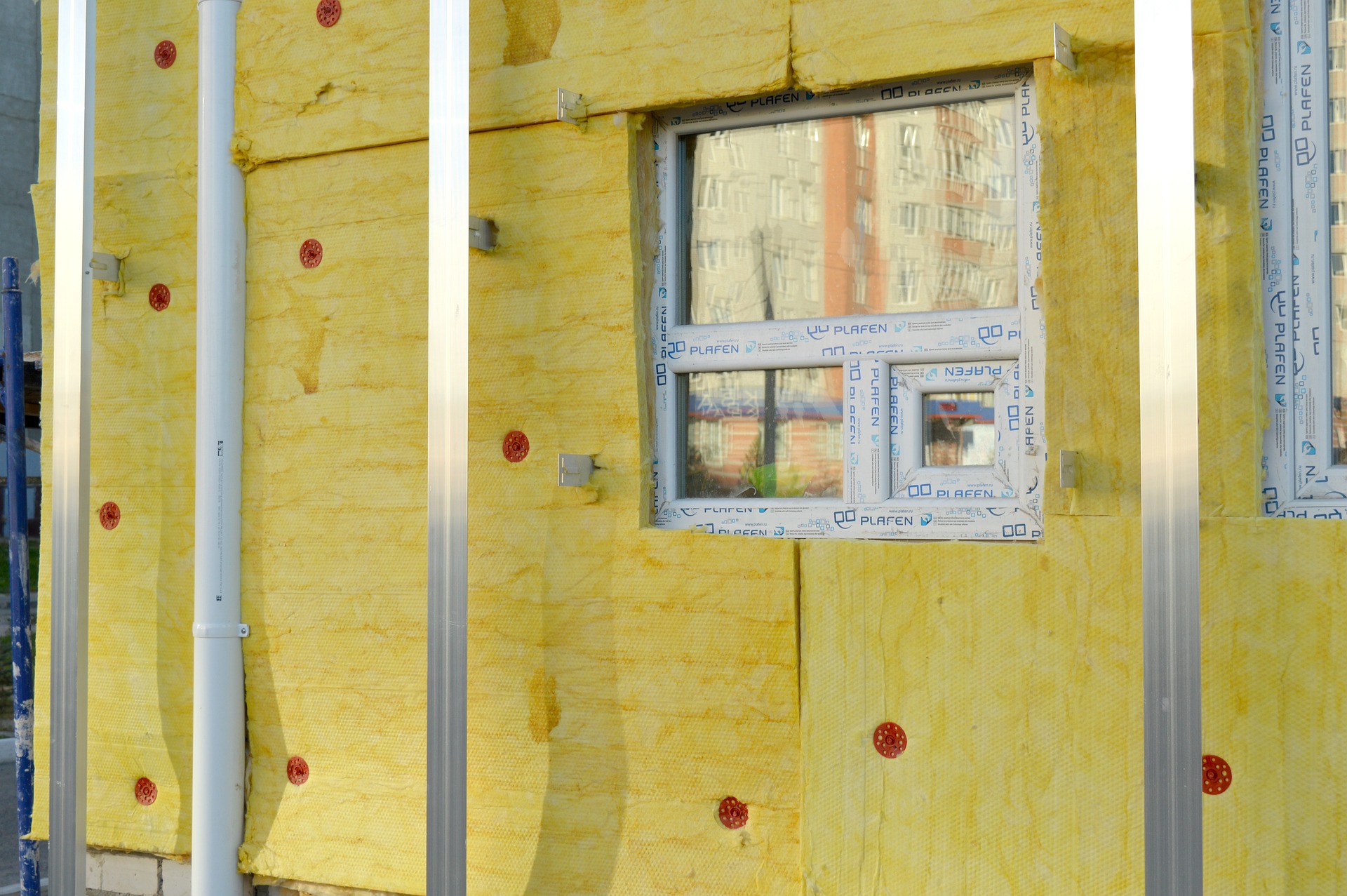The Importance of Doors: A Comprehensive Guide to Selection, Finance, and Installation
Doors play a crucial role in our daily lives, serving as both functional necessities and aesthetic elements in our homes and buildings. From providing security and privacy to enhancing energy efficiency and curb appeal, doors are essential components of any structure. This article explores the various aspects of doors, including selection, financing options, and installation considerations, to help you make informed decisions when it comes to this important home feature.

Size and style are equally important considerations. Ensure the door fits properly within the existing frame or plan for necessary modifications. Style-wise, choose a design that complements your home’s architecture and personal taste. Additionally, energy efficiency is a key factor, especially for exterior doors. Look for doors with good insulation properties and weather stripping to minimize heat transfer and reduce energy costs.
How can you finance a new door purchase?
Financing a new door purchase can be approached in several ways, depending on your financial situation and the scale of your project. For smaller projects, using a credit card with a low-interest rate or a promotional 0% APR period can be a convenient option. This allows you to spread the cost over several months without accruing significant interest charges.
For larger door replacement projects or when multiple doors are involved, consider a home improvement loan. These unsecured personal loans are specifically designed for home upgrades and often offer competitive interest rates. Another option is a home equity loan or line of credit, which allows you to borrow against the equity in your home. These typically offer lower interest rates but use your home as collateral.
What loan options are available for door installations?
Several loan options cater specifically to home improvements, including door installations. Personal loans from banks, credit unions, or online lenders can provide quick funding without requiring collateral. These loans typically have fixed interest rates and repayment terms, making it easy to budget for your door project.
For energy-efficient door upgrades, some lenders offer specialized “green” loans with favorable terms. Additionally, government-backed FHA Title I loans are designed for home improvements and can be used for door installations, offering competitive rates and flexible qualification requirements.
How does your credit score affect door financing?
Your credit score plays a significant role in determining your eligibility for door financing and the terms you’ll receive. A higher credit score generally translates to lower interest rates and more favorable loan terms. Lenders view a good credit score as an indicator of financial responsibility, making you a lower-risk borrower.
For those with excellent credit (typically 720 or above), you’re likely to qualify for the best rates on personal loans or credit cards. If your credit is good (680-719), you’ll still have access to competitive rates, though they may be slightly higher. With fair credit (640-679), you can still obtain financing, but interest rates will be notably higher. For scores below 640, you may need to explore secured loan options or consider improving your credit before applying for financing.
What payment options do door installers typically offer?
Many door installers offer flexible payment options to accommodate different budgets and preferences. Common payment methods include:
-
Cash or check payments
-
Credit card payments (some may charge a processing fee)
-
Financing through partnered lenders
-
In-house financing programs
-
Installment plans for larger projects
| Payment Option | Benefits | Considerations |
|---|---|---|
| Cash/Check | No interest charges | Requires upfront funds |
| Credit Card | Potential rewards points | Possible high interest if not paid off quickly |
| Partner Financing | Potentially lower rates | May require credit check |
| In-house Financing | Convenient application process | Interest rates may be higher |
| Installment Plans | Spread cost over time | May have setup or admin fees |
Prices, rates, or cost estimates mentioned in this article are based on the latest available information but may change over time. Independent research is advised before making financial decisions.
How can you budget for a new door and installation costs?
Budgeting for a new door and its installation involves considering several factors. Start by researching the average costs for the type of door you’re interested in, keeping in mind that prices can vary significantly based on material, style, and features. Don’t forget to factor in installation costs, which can range from a few hundred to over a thousand dollars depending on complexity.
Create a comprehensive budget that includes the door, hardware, installation, and any additional work required, such as framing or painting. It’s wise to add a 10-15% buffer for unexpected expenses. If financing, calculate the total cost including interest over the loan term to ensure it fits within your long-term budget. Consider energy savings from an efficient door as an offset to your investment when evaluating overall costs.
In conclusion, doors are a vital component of any building, offering security, energy efficiency, and aesthetic appeal. By carefully considering your options for selection, financing, and installation, you can make an informed decision that enhances your property’s value and functionality. Whether you’re replacing a single door or undertaking a larger renovation project, understanding the available choices and financial considerations will help ensure a successful outcome that meets both your practical needs and budget constraints.






